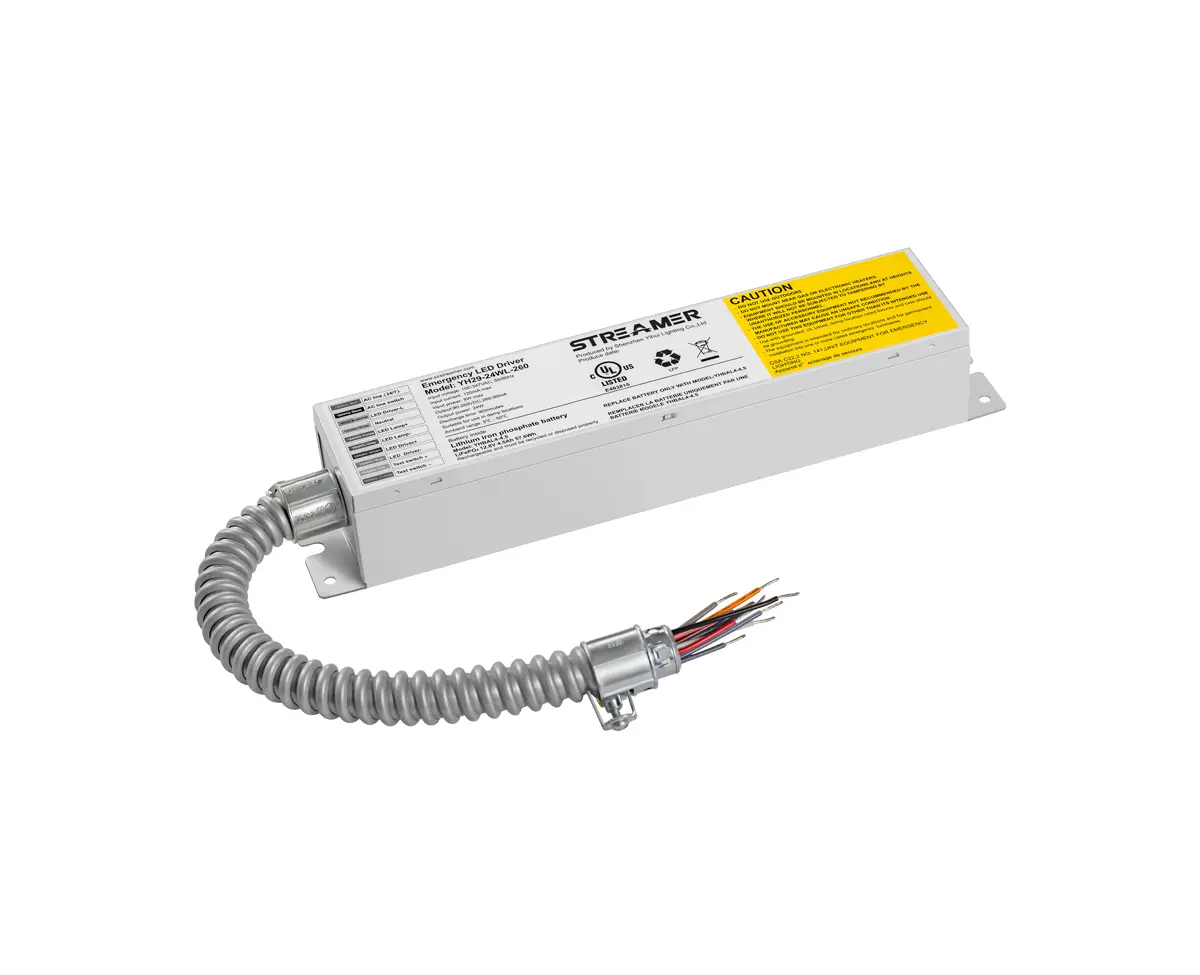 1
1
 Jun 06, 2025
Jun 06, 2025

The miniaturized structural design of LED emergency converters is a result of continuous innovation and engineering efforts aimed at reducing the size of these devices without sacrificing their functionality and reliability. This design process involves several key considerations and technological advancements.
One of the primary challenges in miniaturization is the integration of multiple components into a limited space. To achieve this, surface - mount technology (SMT) is widely employed. SMT allows for the placement of tiny electronic components, such as resistors, capacitors, and integrated circuits, directly onto the surface of the printed circuit board (PCB), reducing the overall size and thickness of the converter. Additionally, the use of highly integrated modules, such as combined power management and control units, further minimizes the number of individual components required, simplifying the structure and saving space.
Another aspect of the miniaturized structural design is the optimization of the battery and power storage components. Lithium - polymer batteries, known for their thin form factor and high energy density, are commonly used in miniaturized LED emergency converters. These batteries can be customized in shape and size to fit the available space within the converter. Moreover, innovative packaging techniques are applied to protect the internal components from physical damage and environmental factors while maintaining a small footprint. For example, encapsulation materials with high thermal conductivity and mechanical strength are used to encase the components, ensuring their proper operation even in harsh conditions. In addition, the design of the enclosure itself is carefully crafted to be as compact as possible, often with sleek and streamlined shapes that not only reduce the overall volume but also enhance the aesthetic appeal of the LED emergency converter.